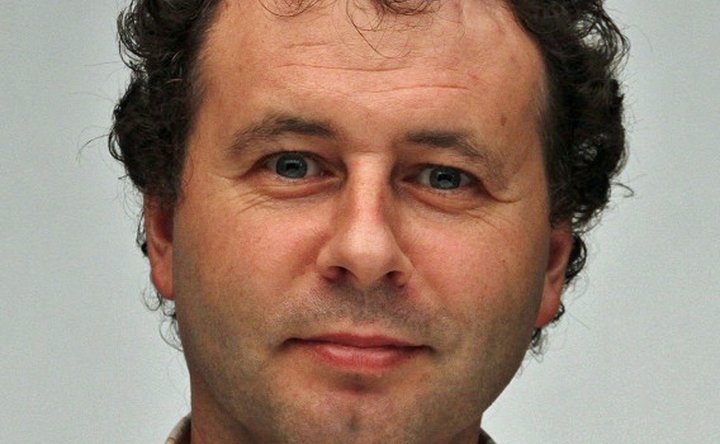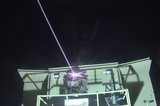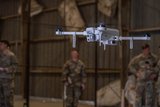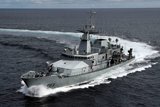North Korea launches new barrage of missiles
Kim Jong-un oversees yet another SRBM test in North Korea, as he burnishes his credentials as ‘rocket man’. (KCNA)
North Korea fired a volley of 13 ballistic missiles and two cruise missiles from 25 September to 14 October, demonstrating that the country has a large stock of missiles and that it misses being the focus of international attention.
The spurt of weapon launches commenced with the firing of a short-range ballistic missile (SRBM) based on the nuclear-capable KN-23. What was novel about this launch was that it occurred from underwater in a reservoir.
Indeed, the country’s state-run Korean Central News Agency (KCNA) described it as ‘a ballistic missile launching drill under the simulation of loading tactical nuclear warheads at
Already have an account? Log in
Want to keep reading this article?
More from Defence Notes
-
![What will next-gen counter-UAS capabilities for the US look like?]()
What will next-gen counter-UAS capabilities for the US look like?
Future US counter-uncrewed aerial system solutions are likely to require a flexible, multi-layered approach to tackle a broad spectrum of new threats as they emerge.
-
![Elbit Systems awarded $2.3 billion contract as results soar]()
Elbit Systems awarded $2.3 billion contract as results soar
The company’s order backlog as of 30 September totalled $25.2 billion and more than a third of this is scheduled to be fulfilled before the end of 2026.
-
![US military foresees growing use of 3D printing]()
US military foresees growing use of 3D printing
Advanced manufacturing has evolved to meet military requirements and now supports multiple US critical assets, including Arleigh Burke-class destroyers, F-18, F-22, F-35, Bradley, HMMWV and Patriot.
-
![Irish Naval Service expands as the country looks to defence during EU presidency]()
Irish Naval Service expands as the country looks to defence during EU presidency
The Irish Naval Service has struggled to maintain capability, particularly in the face of lucrative private sector offers luring away personnel.
























